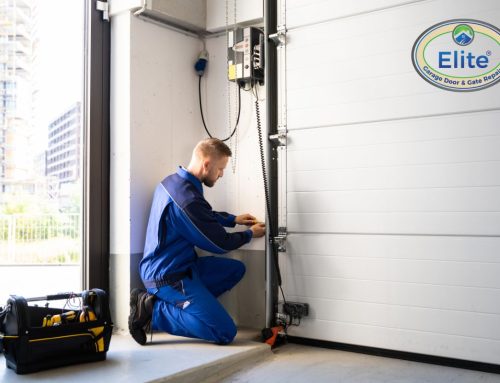If you live somewhere in a cold area or cold whereabouts and want to get into your car without freezing and wanting it to start on the first try, you must take warming measures for your garage. Or, if you keep your essential equipment, gadgets, edibles, or beverages in your garage, you may be looking for the best ways to heat a garage to keep them safe.
There are numerous techniques to adjust the temperature of your garage, including insulation, forced-air heating systems, and New Garage Doors.
Whenever it concerns heating your garage in the winters, you have more alternatives than you might think.
Because the best way to warm a carport in the winter depends on your locality and the amount specified.
The following options are intended to assist you in determining what is appropriate for you.
You will find the best solutions below in the article as per your budget and access to the accessories.

Techniques to Adjust the Temperature of Your Garage
Table of Contents
Techniques to Adjust the Temperature of Your Garage
1. Insulation
If your wintertime is mild, merely insulating your garage door and windows, as well as weather-stripping external doors, will preserve your garage at a pleasant warmth. While you’ll probably also need to cover while working, the improved insulation will maintain your garage significantly warmer than the outdoors.
Insulation is what keeps the warmth in. It will be like attempting to heat a room outside. Ensure the garage doors and the window frames, walls, and ceiling are properly insulated. They can allow almost as much air to escape as uninsulated walls and ceilings.
2. Air Gas Heaters
Organic or propane gas is used to power forced air heaters. They are the nearest thing you can get to heat that works like your home’s furnace. Even though they are gas-powered, the heater will require electricity to operate.
Although forced air heaters may effectively cover a big area and are quite inexpensive than infrared heaters, they are quite expensive to maintain. They are generally positioned on the roof and flow air down, but the flooring will still be a bit colder because heat rises. Before you buy anything, think about how you’ll use this space.
3. Installation of Heating Units
From convection heaters to space heaters to full-size units, there’s a whole variety of heating alternatives. The idea is to get a device that is the right size for your garage, so you don’t put off too much or too little heat.
Because you probably already have one, space heaters are the least expensive, but they are only effective for short-term heating due to their elevated operating costs.
When you’re about to heat a garage in the wintertime but would like to have the alternative year-round, a genuine garage heater is an ideal solution. These heaters, which work similarly to air conditioners, are permanently mounted up to the ceiling and can cover even enormous garages.
4. Look Out for Spacings in windows and doors / Fix the broken Doors.
If you’re looking for a way to insulate your garage, upgrading to weatherproof garage doors is a great place to start. Also, during winter, an enclosed, impermeable door will preserve your garage hotter. If you don’t want to spend the money on a new one, you can still make your existing one more environmentally sustainable.
Materials such as foam board and fiberglass batt can be found in garage door insulation kits all over the place. Even something as simple as insulating the door can have a significant impact.
Cold weather brings quite a problem with it, like damage of garage doors, so it is efficient if you first fix the doors that are breaking or rotting or even the corroding or rusting of iron doors.
5. Convection Heating
According to this innovation, a convection heater warms up from the executive level, with atmospheric airflow (hot air moving up and cool air flowing down) determining the ambient temperature. A fan forces the air out after passing over a heated coil and rising spontaneously. Some convection heating systems use a dual-fan to draw in the chilly air, speeding up the process.
Convection heaters are attractive because they come in several forms – wall-mounted, free-standing fan heaters, oil column heaters, and central furnace heaters attached to ductwork and floor grilles. The most accessible garage can be anything that is wall-mounted or standing freely.
Conclusion:
There are numerous options for heating your garage. Knowing what you want to do it for and how you choose to use it is the first stage in selecting how to heat it. Whatever you utilize your garage for, you’ll require heat to work comfortably in it throughout the wintertime.
Hopefully, we’ve provided you with enough knowledge on the many forms of heat so that you may make the best option possible for your needs.


































Leave A Comment